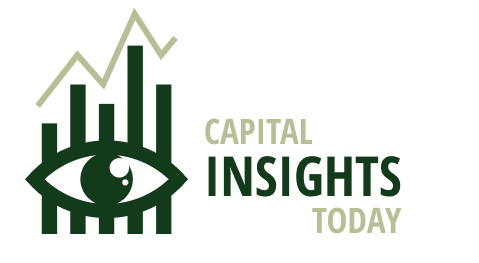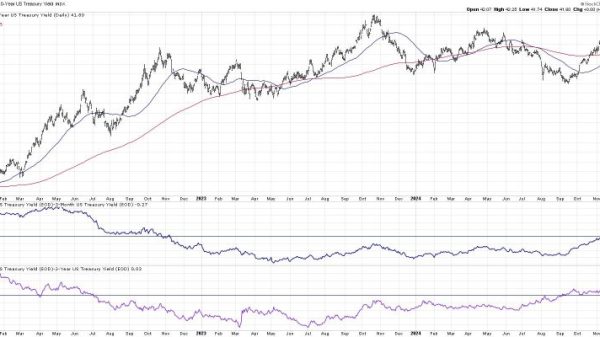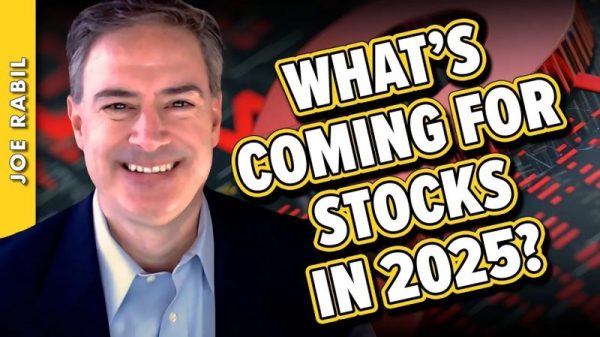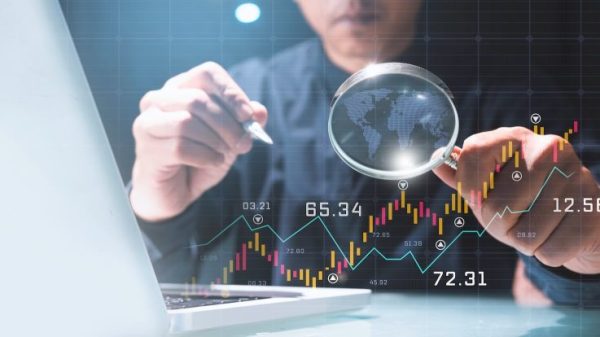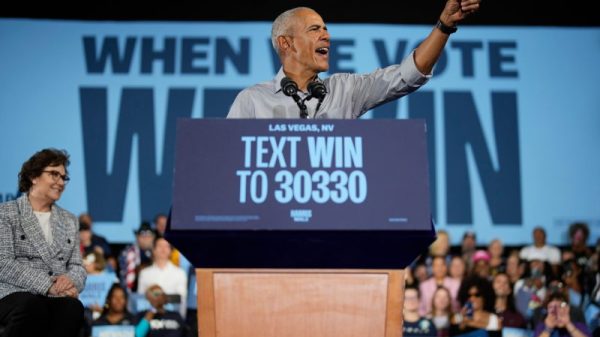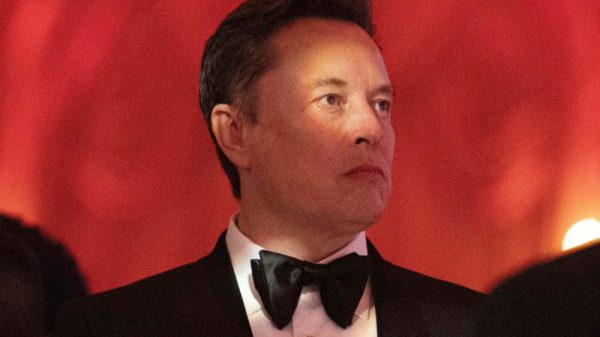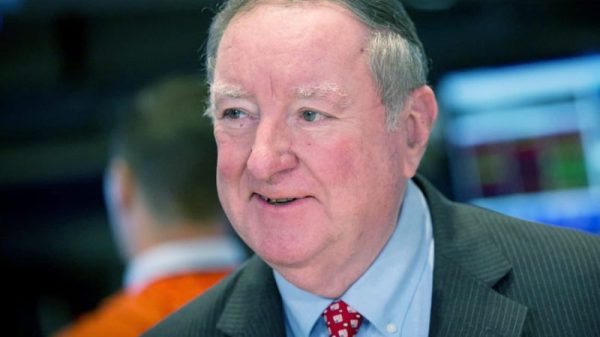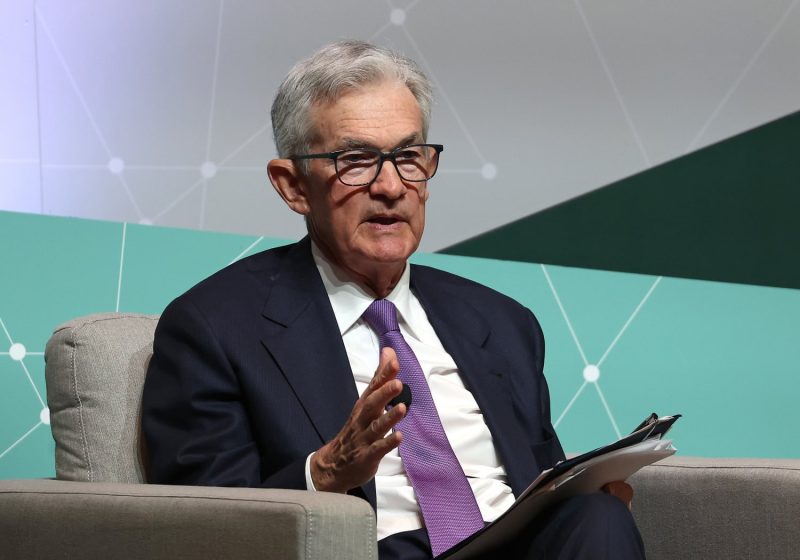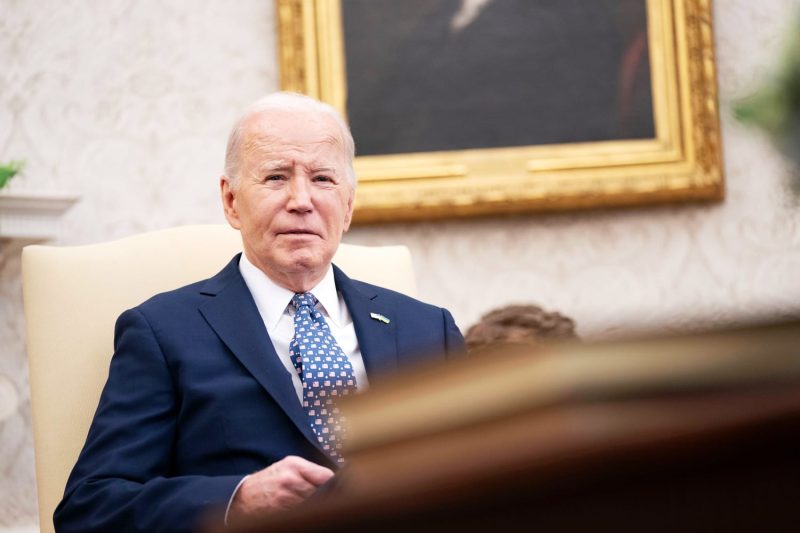In a world where economic predictions often shape the decisions of businesses and individuals, the uncertainty surrounding Federal Reserve rate cuts has become a critical issue. Economists are grappling with the complexity of the current economic landscape, prompting discussions and debates about the future trajectory of interest rates. As experts analyze the data and try to make sense of conflicting signals, the very foundation of economic forecasting is being challenged.
One of the key factors contributing to this uncertainty is the ambiguity surrounding the impact of recent economic events on the Fed’s decision-making process. The escalating trade tensions between the United States and China, coupled with concerns about a global economic slowdown, have created a sense of unease among economists. While some argue that these factors justify an aggressive approach to rate cuts, others caution that premature action could lead to unintended consequences.
Another source of uncertainty arises from the mixed signals coming from key economic indicators. On one hand, the robust performance of the labor market and strong consumer spending suggest a healthy economy that may not require significant intervention. On the other hand, slowing manufacturing activity and subdued inflation rates point to potential weakness that could warrant a more accommodative monetary policy.
The lack of consensus among economists is further exacerbated by the unpredictable nature of external factors. Geopolitical tensions, such as Brexit and rising political instability in various regions, inject a high degree of uncertainty into the economic outlook. These external shocks have the potential to derail even the most carefully laid out forecasts, making it challenging for economists to confidently predict the path of interest rates.
As economists grapple with these uncertainties, they are increasingly relying on alternative methods to supplement traditional economic models. Machine learning algorithms and big data analytics are being employed to process vast amounts of information in real time, providing a more nuanced understanding of economic trends. While these tools offer a promising avenue for improving forecasting accuracy, they also bring their own set of challenges, such as data privacy concerns and algorithmic biases.
Ultimately, the uncertainty surrounding Federal Reserve rate cuts underscores the complexity of the modern economic landscape. As economists continue to navigate this challenging terrain, it becomes increasingly clear that predicting the actions of central banks is not a simple task. The evolving nature of the global economy, coupled with the multitude of variables at play, makes it essential for economists to adopt a flexible and adaptive approach to forecasting. Only by embracing uncertainty and constantly refining their analytical tools can economists hope to navigate the ever-changing economic terrain with confidence.
